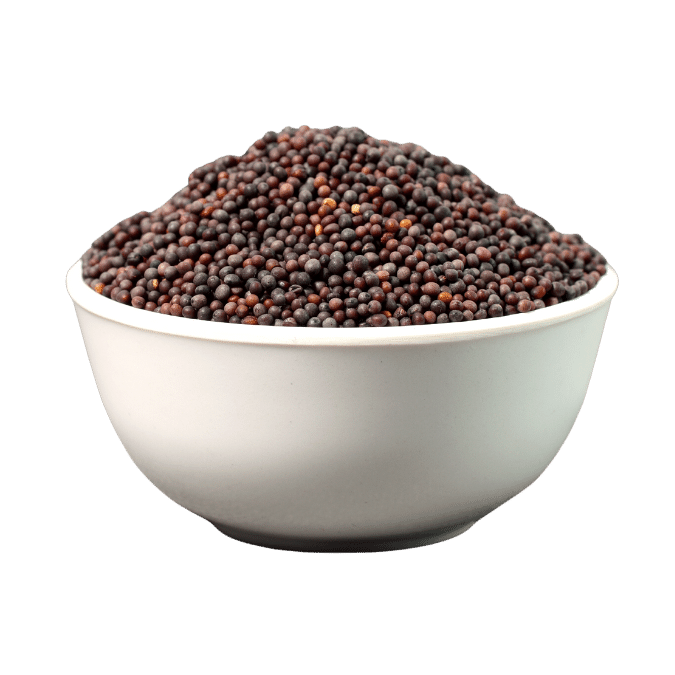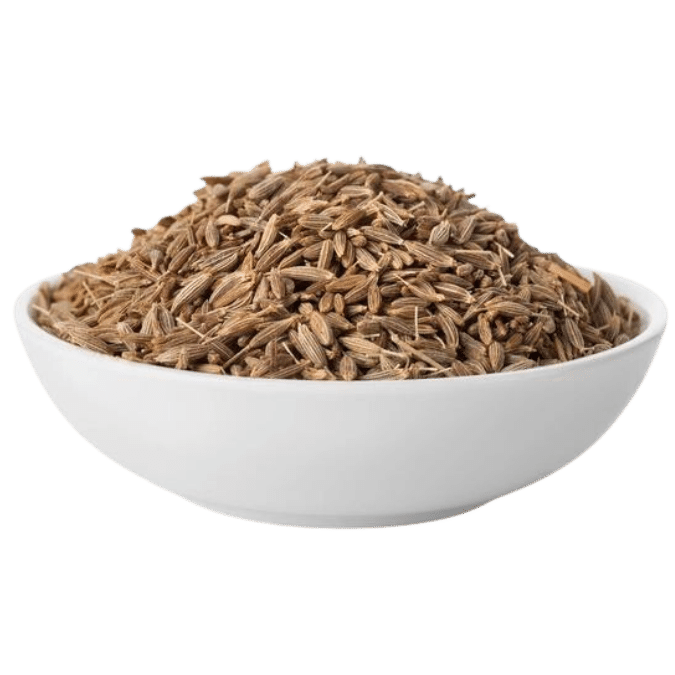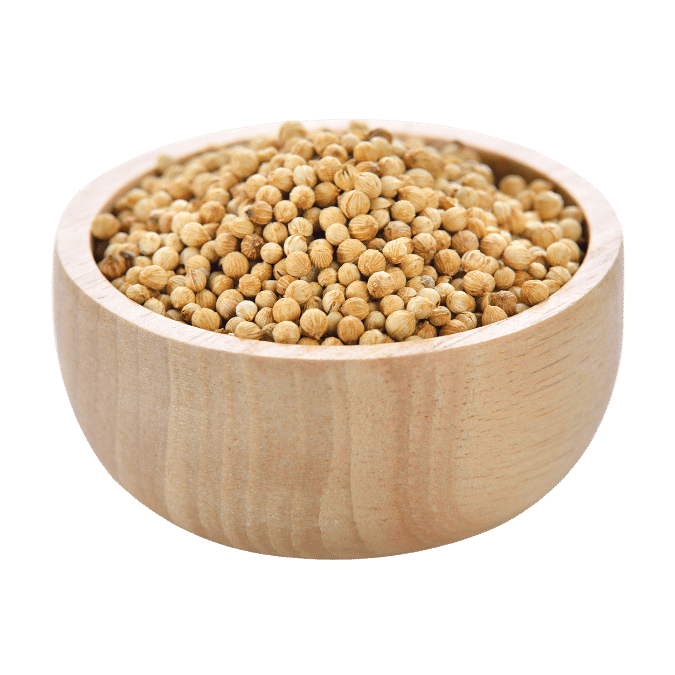
|
Nigella Sativa (Black Cumin Seeds) Specification |
|
|
Seed size |
0.1 – 0.2 cms |
|
Aroma |
Slightly citrusy |
|
Flavour |
Woody, Peppery, Pungent |
|
Color |
Black |
|
Quality |
Machine Clean 99.00% Single Sortex Clean 99.50% Double Sortex Clean 99.90%+ |
|
Packaging |
25/50 Kg PP bags or as per requirement |
|
Container Stuffing |
20Ft. – 16 Metric Tons 40Ft. – 28 Metric Tons |
|
Min. order Qty (MOQ) |
5 Metric Tons |
|
Production Capacity |
50MT per week |
|
Country of Origin |
India |
|
Shelf Life |
2 years |
|
Harvest Season |
February-June |
|
Specification |
Detailed specification on request |
Brown Mustard Seeds
Botanical Name: Brassica nigra
Read about its history, seed, plant description, and Benefits for Health.
- Mustard seeds have been an integral part of the culinary world for centuries, and their usage dates back to ancient times. According to archaeologists and botanists, mustard seeds have been found in Stone Age settlements. During the Sumer period of Mesopotamia, the Sumerians would grind the mustard seed into a paste and mix it with verjus, the juice of unripe grapes, which is highly acidic. An urban development occurred in the region on account of surpluses from farming the seeds. Archaeological evidence suggests that the ancient Egyptians also flavored their food with mustard, as shown by mustard seeds being found in the tomb of Tutankhamun.
- Mustard grows wild; food historians believe it was first cultivated in India around 3,000 B.C.E. Mustard seed is mentioned in the Bible: The Hebrews used mustard for cooking. The Greeks used mustard as both a condiment and medicine: The mathematician and scientist Pythagoras (570-ca. 490 B.C.E.) prescribed it for scorpion stings, and the pioneering physician Hippocrates (460-377 B.C.E.) used it as a medicine and for poultices, a use that continued until recent times as mustard plasters.
- The mustard plant traveled to Rome with the Romans, where they ground mustard seeds and mixed them with wine into a paste, not much different from the prepared mustards we know today. The potent nature of the mustard seed was first referenced in an exchange between King Darius of Persia and the young Alexander the Great (356-323 B.C.E.). Darius gave Alexander a sack of sesame seeds to represent the number of men in his army, and Alexander responded with a sack of mustard seeds to represent both the number and the fiery nature of his army.
- By the 9th century, French monasteries were generating considerable income from mustard sales. By the 13th century, Parisian merchants included mustard among their daily sauces for sale. Pope John XXII of Avignon (1249-1334) loved mustard so much that he created the post of “Grand Moutardier du Pape” (Grand Mustard-Maker to the Pope). In medieval France, they were mixed with unfermented grape juice (must) and called mout-ardent (burning must), which transformed into moutarde in French and mustard in English.
- Mustard seeds have a long and fascinating history, and they continue to be a highly popular ingredient in many cuisines worldwide. Today, mustard seeds are cultivated on a large scale, with India being one of the leading producers of mustard seeds.
- Mustard seeds, derived from the mustard plant, come in three different types: black, brown, and yellow. Both brown and yellow mustard seeds are nearly globular in shape, finely pitted, and odourless when whole. White mustard seeds are slightly larger and have a light tan colour. All parts of the mustard plant are edible, including the leaves and flowers. Mustard seeds contain similar constituents, including about 30 to 40 percent vegetable oil, a slightly smaller proportion of protein, and a strong enzyme called myrosin.
- Brown mustard seeds are often used in Asian countries to produce condiments and mustard oil. They come from the Brassica juncea plant, which is also called Chinese mustard or Indian mustard. There are different varieties of brown mustard seeds, ranging from those with a dark brown seed coat to others that are dark yellow.
- Yellow mustard seeds, derived from the white mustard plant, Sinapis alba, are ground to make a yellow mustard condiment. They are a little larger than brown mustard seeds and have a light yellow colour. The bright yellow colour of yellow mustard is due to the addition of turmeric or dye.
- Black mustard seeds are the most pungent of the three but are also the least common. They are often kept whole and fried or toasted before adding to a dish or included in a stir-fry along with other aromatic ingredients.
- Mustard seeds have many health benefits, including reducing symptoms of rheumatoid arthritis, asthma, and diabetes. They are also known to act as a remedy for migraine and indigestion. In addition to being used as a spice, mustard seeds are sometimes roasted until they pop or consumed as a snack. They are also used for tadka or tempering of dishes
- At Lineark Global, we manufacture, process, trade, and export spices and agricultural commodities. And we are proud to offer a wide range of spice products, including Mustard seeds, which is sourced and processed with the highest level of expertise, market knowledge, and rich experience in all aspects of supply chain with the help of our team for procurement, cleaning, packaging, and shipment ensuring that our customers receive the best possible product. Contact us today to learn more about our products and services. Our spice products are sourced and processed from the heart of the spice nation, Unjha in Gujarat
- We are proud to offer a wide range of spice products such as seeds of Cumin, Fennel, Fenugreek, Coriander, Dill, Nigella Sativa, Sesame, Pumpkin fresh and seeds, Chia, Caraway, Castor, Poppy, Psyllium seeds and husk, Turmeric finger, Red Chilli, Black Pepper, Bay leaves, Jaggery, all types of Rice, etc., including Mustard seeds.

Cumin Seeds

Brown Mustard Seeds

Fenugreek Seeds

Coriander Seeds

We are one of the leading producers, exporters, and traders of spices and other agriculture products from Gujarat, India for almost a decade and have acquired expertise in this industry.
CONTACT US
C-307, Business Park, PDPU Road, Raisan, Gandhinagar, Gujarat – 382007, India.
(E) : info@linearkglobal.com
(P) : + 91 799 084 9566
(O) : + 91 79 4600 8373
QUICK LINKS
